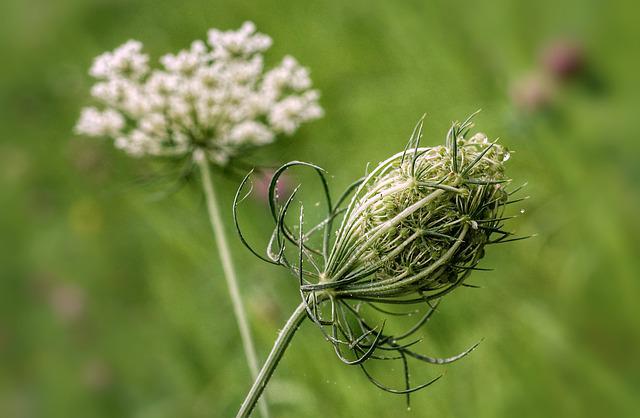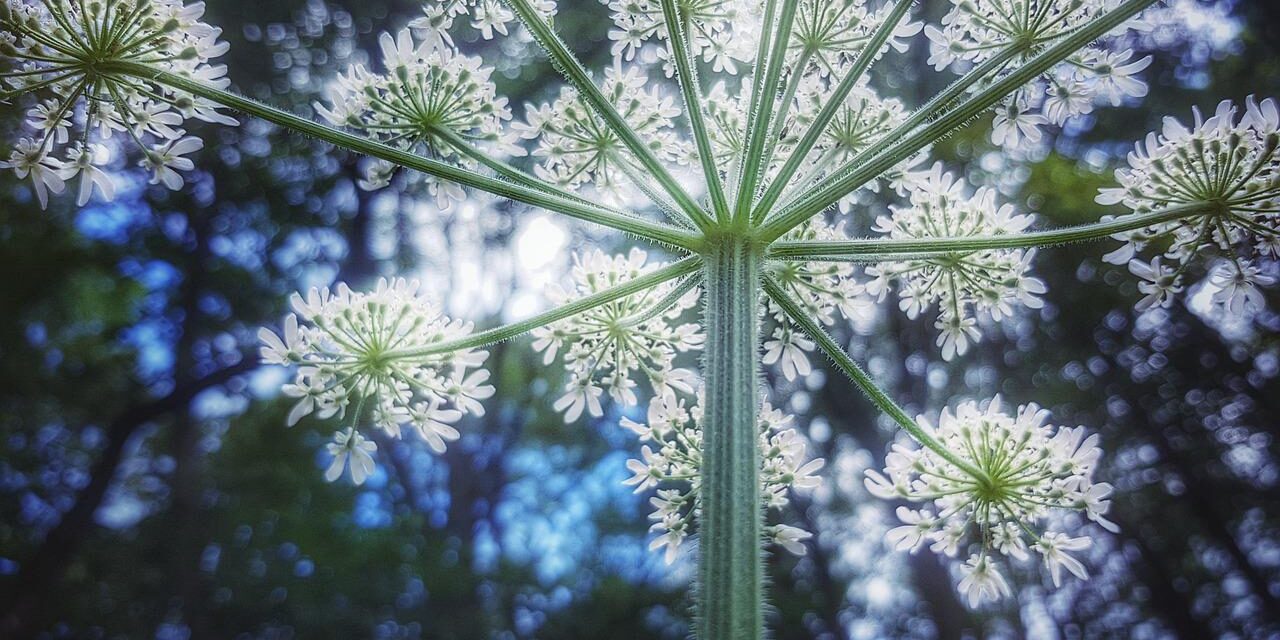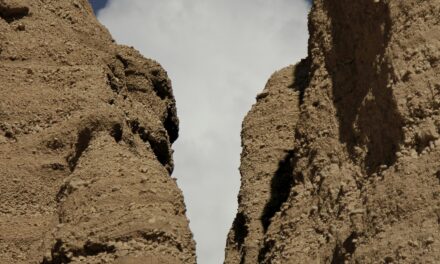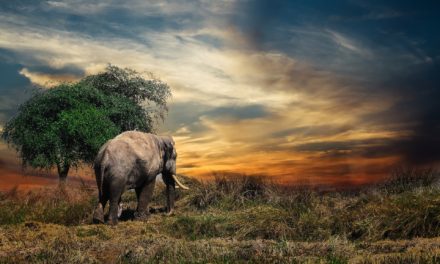Once you open your mind to listening within the silence, you will be more willing to explore how things are connected to past knowledge.
I spent summers on my grandparents’ farm from the time I was five years old and slaughtered my first chicken. I was curious about everything. Grandmother was Amish and grandfather was Mennonite, and both took silence seriously. My grandfather seldom talked and demonstrated how to do things instead of explaining things. My grandmother would insist I help in the fields and farm. I wasn’t going to be able to ask either of them anything. I had to learn by on my own by reading books written for adults. I also had to listen into the silence in order to try to hear “that of God.”
The Amish, Mennonites, and Quakers are all under the group, “The Brethren.” We call each other “Friend,” with a capital “F” — like “Friend Martin, Friend Sarah.” We all are interested in the Spirit in different ways. We want to open ourselves to the Spirit.
In Quakerism, we believe that God is in everything — trees, rocks, water, earth, air, animals, people — and if we listen, we can hear God’s message. Scientifically, we are all made of atoms and what makes us different from trees, birds, and the rest is atoms, and in the case of live species, we all have DNA. If God is a Creator (we say yes), then God created atoms and DNA.
When I was a child, the first thing I was curious about was the star constellations. I learned the Greek, Native American, Egyptian, and Norse constellations. This led me to learn more about plants and animals, so I taught myself botany, plant and tree identification including Latin names. I was curious about the gemstones and other rocks in the fields, so I taught myself about gemstones. Gemstones led to my learning about the psychic and healing principles of gemstones, which added to my knowledge of healing plants.

By the time I was ten, I thought I might become a herbal healer. I had made my own runes and was casting them for divinization, along with the gemstones. One of the many things I learned was that the fieldstones that were in the fields were also lodestones, and lodestones reverse magnets. Lodestones are always found on ley lines. They are considered a power source. Stonehenge is on a ley line, A lot of this was common knowledge for the Druids.
It must seem strange that a Quaker knows Druidism. In Quakerism, there are some Quakers who are “Seekers” that are considered a “Mystic.” All of my interests are in the forgotten mystic arts.
Whenever I write a poem, I “go into silence.” Sometimes I write within a trance (like automatic writing), and sometimes I write afterwards. Either way, the meditation opens myself to writing. Not all of my poems are worth keeping. Sometimes the weaker poems allow a better poem to emerge. My nature poems are grounded in both science and religion.
In Quakerism, we seldom use the word “God,” preferring “the Presence,” “the Beloved,” “the Spirit.” And, isn’t the Presence of God felt whenever we are inside prayer worship or silence? Doesn’t “the Spirit” of God enter us? Isn’t this what we are seeking? To feel in the presence of the Divine? I could cast runes all day and every rune reading has two possible meanings like I-Ching. This does not tell me what is in your heart of hearts.
In poetry, there are “ecstatic poets” like Rumi, Hopkins, Lala, Hafiz, Emily Dickinson, Rilke, Kabir, Saint Julian of Norwich, Li Po, Mirabai, Meister Eckhart, and they all allowed God to enter into them, opening up profound visions. I would like to consider myself among them, but being a Quaker means trying to be humble, letting God speak through me, and saying that my words and poems are gifts from God.
In the Druid calendar (December 24-Jan 20,) my tree sign is the Birch (“the Achiever”). My gemstones are the Amethyst (allows the user to see into the hearts of liars, and protects from negative energy), Lapis Lazuli (builds friendships,) and Garnet (allows for new beginnings, creativity, self-confidence, stamina, solving difficulties). Some might say that I am in the Seventh Chakra.
Before I leave, I want to share a poem about the ancient arts of healing plants. It is a little know story within the Iliad where Achilles is mentioned as a healer.
This poem will appear in my forthcoming full-length collection of poetry about plants and trees, “Ethereal Flowers” (Shanti Arts Press). I have the following poetry books where mindfulness and/or spirituality: “How to Be Silent” (FutureCycle Press, 2016); “News from the Slow Country” (Aldrich Press, 2019); “Unfolding of Love” (Wipf and Stock Publishers, 2020).
Yarrow
Also known as Nosebleed plant, Carpenter’s Root, Old Man’s Pepper, Soldier’s Woundwort (Achillea millefolium)
Cures: anti-inflammatory; colds; nosebleeds; circulation; menstrual cramps; high blood pressure; stops bleeding
Achilles carried yarrow into battle to heal the soldiers;
I plan to cure a lot of people with this carpenter’s root,
hammering broken worlds into whole.
I combine its blue oils with peppermint to cure influenza.
I inhale it to cure my asthma.
I lay on a sachet of yarrow and dream of my lover.
My loss is repaired, and now I want to fix everything.
I want to doctor the earth itself. I can hear its grief.
I wish I could use the leaves
for nosebleed in the sky
I would use the aerial parts
to stimulate the high blood pressure of the fields.
I will use it to alleviate
the years of abuse the land has withstood.
I will tilt the earth’s wounded lips
and drizzle juices through parched openings.
Toxins would be released like a broken fever.
When I say, Drink three cups of Yarrow’s tea until well,
people will open their eyes from the fog of battle
and see that a starling has made its nest in yarrow.
The hole in the universe will become repaired.








Impressed how at such a young age you came to runes and herbs. Enjoyed your writing and connection between your Christian faith and Druidism. I was raised Christian and I am a Pagan, as are the Druids. My spiritual journey is published on Braided Way site. Part of my spirituality embraces the Red Road of Native Americans and the Pagan connection between these tribal people and my likely ancestors the Celts is fascinating. I commend you for your publishing accomplishments. I’ve been working at my writing: six children books, two books of poetry going back some 50 years and a peace justice treatise of the Christian Bible. Hopefully, next few months I will have them off to publishers for consideration. Blessed be.